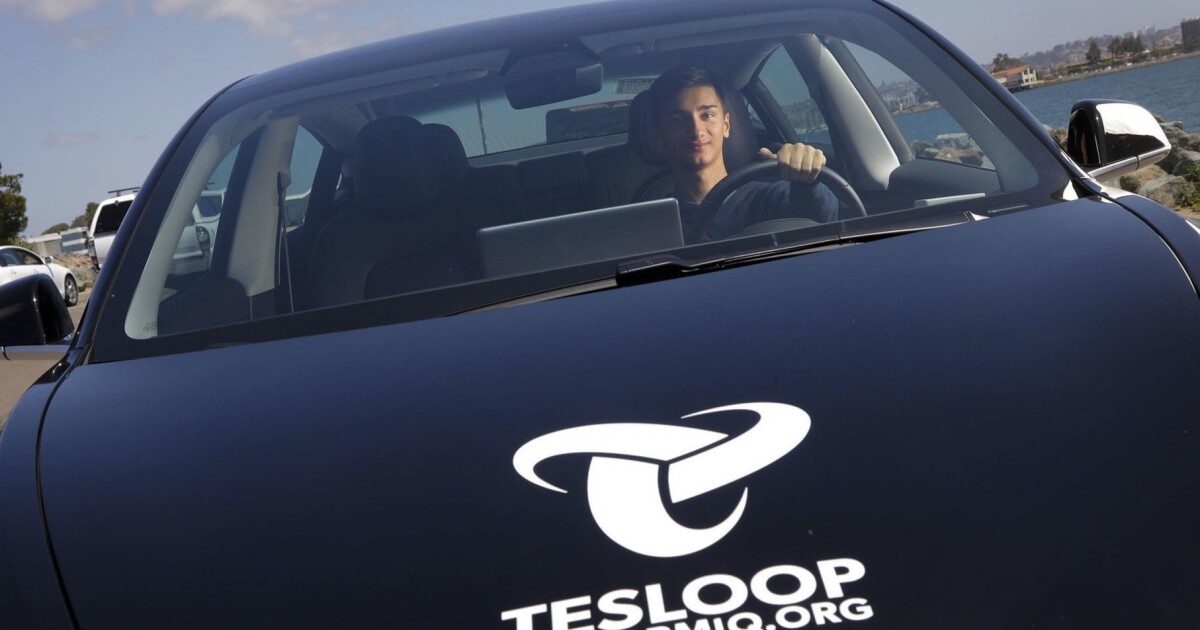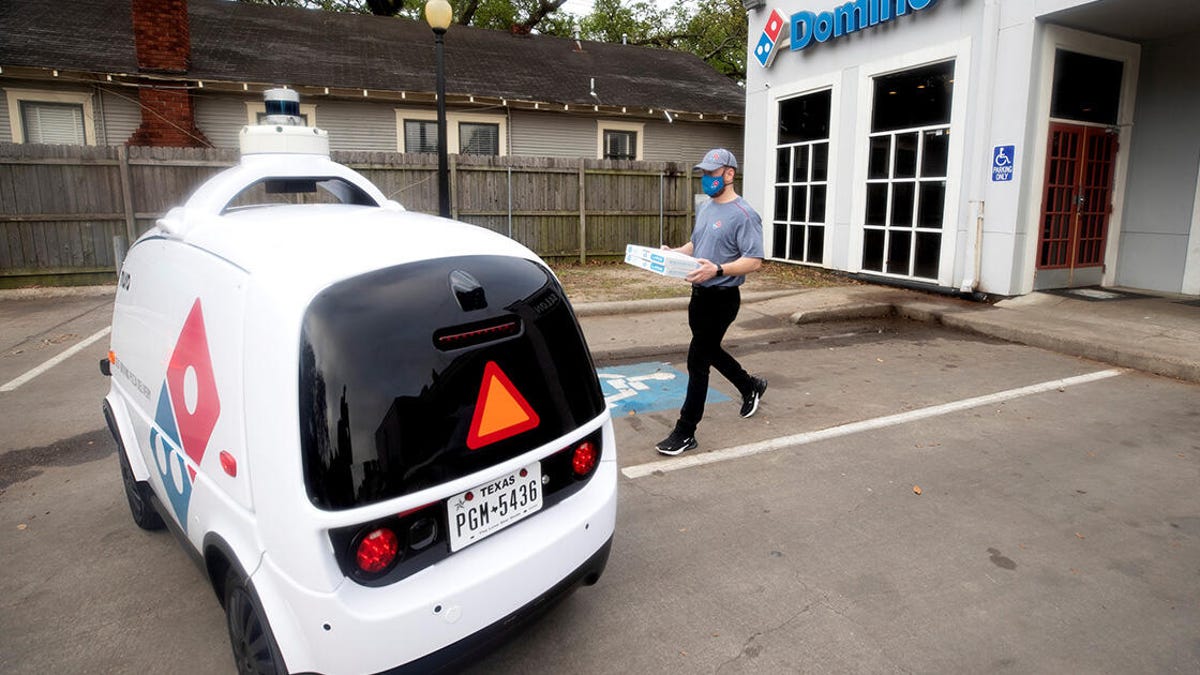2transpo
New Member
The problem is that urbanists are stubborn and set in their ways. They refuse to accept that there may be more efficient and innovative solution and are married to a specific way of doing things.And this right here is where the hostility comes from.
Take for example the talk of restoring the Northlander. People cite the Northlander as an important mode of public transport, especially for older people and those with limited ability to drive a car. Here is the question though; is having an expenseive and highly subsidized service that runs on a hard schedule and has slow journey times the best solution? Think about it this way. A person in North Bay has a medical appointment in Toronto in the mid Afternoon. What would be better for them? Taking an 8 am train down to Toronto, or hailing a small, solo-occupancy autonomous vehicle on their phone to leave closer to their appointment?
The answer is abundantly clear. In addition, the ride hailing option is much cheaper from a societal perspective as it requires no subsidy due to expensive infrastructure and high fixed costs.
This isn't some far off future, this is happening now and companies like Waymo and Mobileye are spearheading this revolution. Waymo just went through a leadership shakeup in order to start aggressively deploying AVs. San Francisco is their next target.
Instead of trying to restart the Northlander, why not establish Ontario as a mass, unrestricted testing site for autonomous vehicles which would have much more societal benefit?
See, but urbanists don't like that because urbansists use the term "urbanist" to make it seem as though they are interested in more than just trains and railways.
Last edited:






